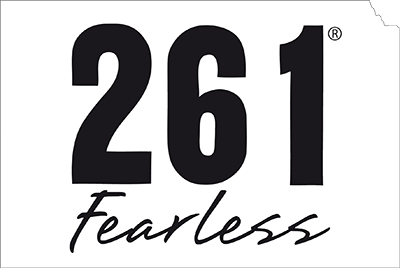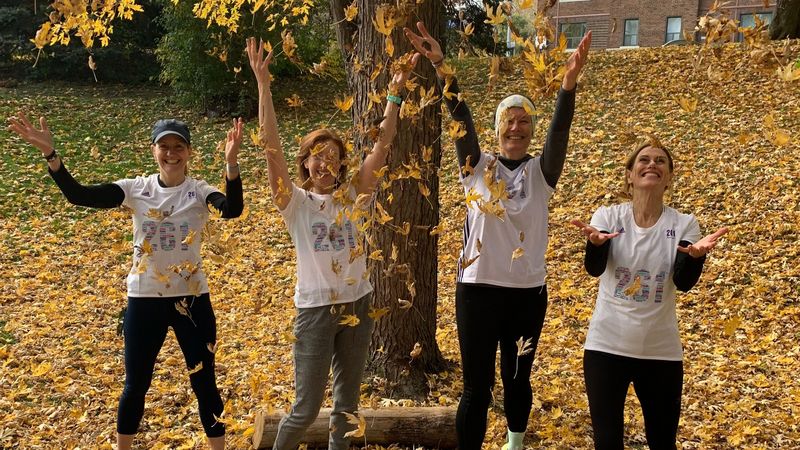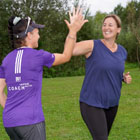There’s also a large group of people in the world who have Long COVID. The NHS definition of Long COVID is ‘signs and symptoms that develop during or after COVID-19 and continue for more than 12 weeks and are not explained by an alternative diagnosis’. When you have Long COVID, even the simplest of activities can leave you exhausted with a flare up of symptoms. The balance between rest and activity can be a difficult one to manage and people with long COVID need specialist advice and guidance to return to activity.
So, what’s the best way for runners who don’t have long COVID to get back in their trainers? How can you do it safely and successfully?
Here are four important things to bear in mind when you’re planning your return to running after COVID-19:
- A very cautious approach is needed, even if you had very mild or no symptoms.
- Pushing through when it feels tough could be harmful for some people, especially those with Long COVID.
- It’s possible that doing too much too soon could increase your risk of developing Long COVID – research is ongoing.
- If you get any return of symptoms when you start exercising, go back to resting for a few days and then build up slowly again.
It’s impossible to create a generalised return to running plan because every runner is different and COVID-19 affects people in many different ways. A very practical set of guidancewas published in the British Medical Journal in 2021. This was created for people who have had straightforward, mild to moderate COVID-19 infection with no hospital admissions, heart or mental health symptoms and no ongoing symptoms that could be linked to COVID-19. The aim was to give some guidance about returning to exercise to minimise the risk of any complications from COVID-19, including developing Long COVID.
This advice goes beyond the usual, ‘Just take it slowly’ you might be used to hearing when returning to running after an illness. The guidelines suggest having at least seven days without any symptoms (or seven days after your last positive test if you were asymptomatic) before you even think about any exertion. It then details five phases:
- Phase 1. Begin with extremely light exertion such as gentle walking, stretching, breathing and balance exercises.
- Phase 2. After at least a week and if you feel ok, increase to normal walking, household chores and gentle yoga.
- Phase 3. After at least a week, if you can walk comfortably for half an hour, progress to moderate intensity activity. Begin with five minute blocks with recovery in between. This could include very easy jogging and strength work. Gradually build up the number of blocks and when you can do a 30-minute session and recover well within an hour, move on to phase 4.
- Phase 4. Continue moderate intensity activity but make sure you have at least one rest day for every two days that you exercise. Excessive tiredness is a sign you’re not ready to progress to the next phase.
- Phase 5. After at least a week and if you continue to feel good, return to your usual pre-COVID exercise but build up speed and distance gradually according to how you feel.
Personal experience from a member at 261 Club Lancaster
I was unwell for 12 days with COVID-19. The overwhelming symptom was tiredness and once the fevers had settled I was left with a mild cough. I was keen to get back to running but knew it would be a slow process as taking a shower was exhausting! I wanted to do it safely so decided to follow the guidelines published in the BMJ.
Three weeks of doing very little other than a bit of gentle walking and a few things around the house felt right for me. I stuck with the walking for four further weeks, slowly building up the speed and length of my walks. I just didn’t feel ready to run, my heart rate was a bit higher than it used to be and I didn’t want to risk any complications. It was actually seven weeks before I felt ready to try a run and that was a very slow mile. I built up very gradually with lots of rest and four weeks later I would say I was back to my usual pace and distances.
The return was very slow but I tried to listen to my body and be patient. I’m glad I did it like this, however frustrating it was.
Running after COVID-19 is not about pushing yourself or stepping out of your comfort zone. It’s the opposite, being kind to yourself, listening to your body and staying in your zone of comfort. That can feel challenging as a runner! Let’s hope that as more in learnt about COVID-19, we can be clearer as to what the risks are. How we can get back into our trainers as quickly and safely as possible and can participate again in a 261 Fearless women's running program or the exercise program Activate You.



